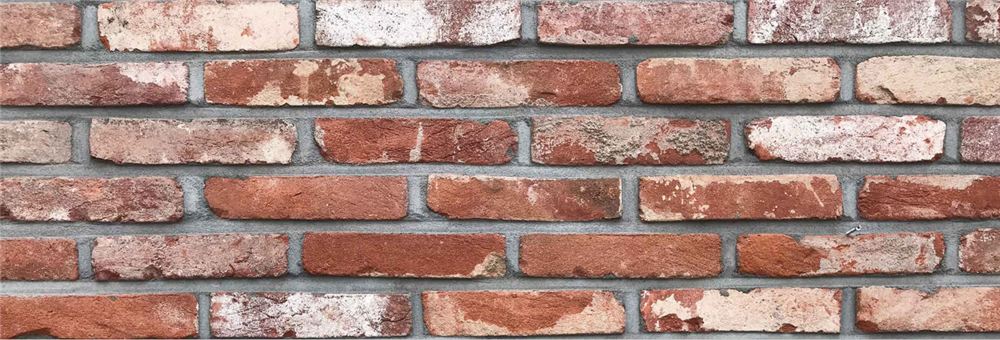Introduction:
The art of Japanese-inspired cultured stone has been captivating individuals around the world with its timeless beauty and serene elegance. Drawing inspiration from traditional Japanese architecture and design principles, this unique form of stone craftsmanship embodies a harmonious balance between nature and human creativity. In this article, we will delve into the rich history and cultural significance of Japanese-inspired cultured stone, explore its distinctive characteristics and techniques, and showcase how it has become a beloved element in modern architecture and landscaping.
History and Cultural Significance:
To truly appreciate the artistry behind Japanese-inspired cultured stone, it is essential to understand its historical roots and cultural significance in Japan. Stone has played a vital role in Japanese architecture for centuries, with structures such as temples, shrines, and castles showcasing the country's deep reverence for natural materials and craftsmanship.
One of the key principles in Japanese design is the concept of "wabi-sabi," which celebrates imperfection, impermanence, and the beauty of natural materials. This philosophy is reflected in the use of stone in Japanese architecture, where weathered surfaces and irregular shapes are embraced as part of the stone's inherent beauty.

Japanese-inspired cultured stone takes this traditional approach to a new level by combining modern technology with ancient craftsmanship. Artisans meticulously replicate the textures, colors, and shapes of natural stones, creating pieces that capture the essence of authentic Japanese stone while offering enhanced durability and versatility.
Characteristics and Techniques:
The allure of Japanese-inspired cultured stone lies in its ability to mimic the organic beauty of natural stone while providing practical advantages for modern construction and design projects. One of the key characteristics of this type of stone is its remarkable resemblance to authentic Japanese stones, such as granite, limestone, and basalt.
Artisans employ a variety of techniques to achieve this level of authenticity, including hand-carving, texturing, and coloring. Each piece of cultured stone is carefully crafted to replicate the unique features of natural stone, such as veining, fissures, and weathering patterns. The result is a product that not only looks like real stone but also feels like it, with a tactile quality that adds depth and richness to any space.
In addition to its aesthetic appeal, Japanese-inspired cultured stone offers several practical benefits for architects and designers. Its lightweight nature makes it easier to transport and install than natural stone, reducing construction costs and time. Cultured stone is also more consistent in color and texture, allowing for greater design flexibility and precision in matching different pieces.
Furthermore, Japanese-inspired cultured stone is highly durable and weather-resistant, making it an ideal choice for both interior and exterior applications. Its low maintenance requirements and resistance to fading, cracking, and staining ensure that it will retain its beauty and integrity for years to come.
Modern Applications:
The versatility and beauty of Japanese-inspired cultured stone have made it a popular choice for a wide range of architectural and landscaping projects around the world. In contemporary buildings, cultured stone is often used to create striking facades, accent walls, and decorative elements that evoke the timeless elegance of Japanese design.
In Roofing slate and environmental impact , Japanese-inspired cultured stone can be found in interior features such as fireplaces, kitchen backsplashes, and bathroom walls, adding a touch of sophistication and warmth to any space. In outdoor environments, cultured stone is used to create stunning patios, pathways, and garden walls that blend seamlessly with the natural landscape.
Landscapers and designers also appreciate the versatility of Japanese-inspired cultured stone for creating tranquil water features, Zen gardens, and traditional Japanese rock arrangements known as "karesansui." These elements enhance the overall ambiance of a space, fostering a sense of peace and harmony that is characteristic of Japanese design principles.
Conclusion:
Japanese-inspired cultured stone represents a harmonious blend of ancient tradition and modern innovation, capturing the essence of Japanese design philosophy in a durable and versatile material. With its authentic appearance, practical advantages, and diverse applications, cultured stone has become a beloved element in contemporary architecture and landscaping projects worldwide.
Whether used to evoke the serenity of a Japanese garden or the grandeur of a traditional temple, Japanese-inspired cultured stone continues to inspire awe and admiration for its beauty and craftsmanship. As we continue to embrace the art of cultured stone, we honor the legacy of Japanese architecture and design, celebrating the enduring allure of natural materials and the creative spirit of human ingenuity.
